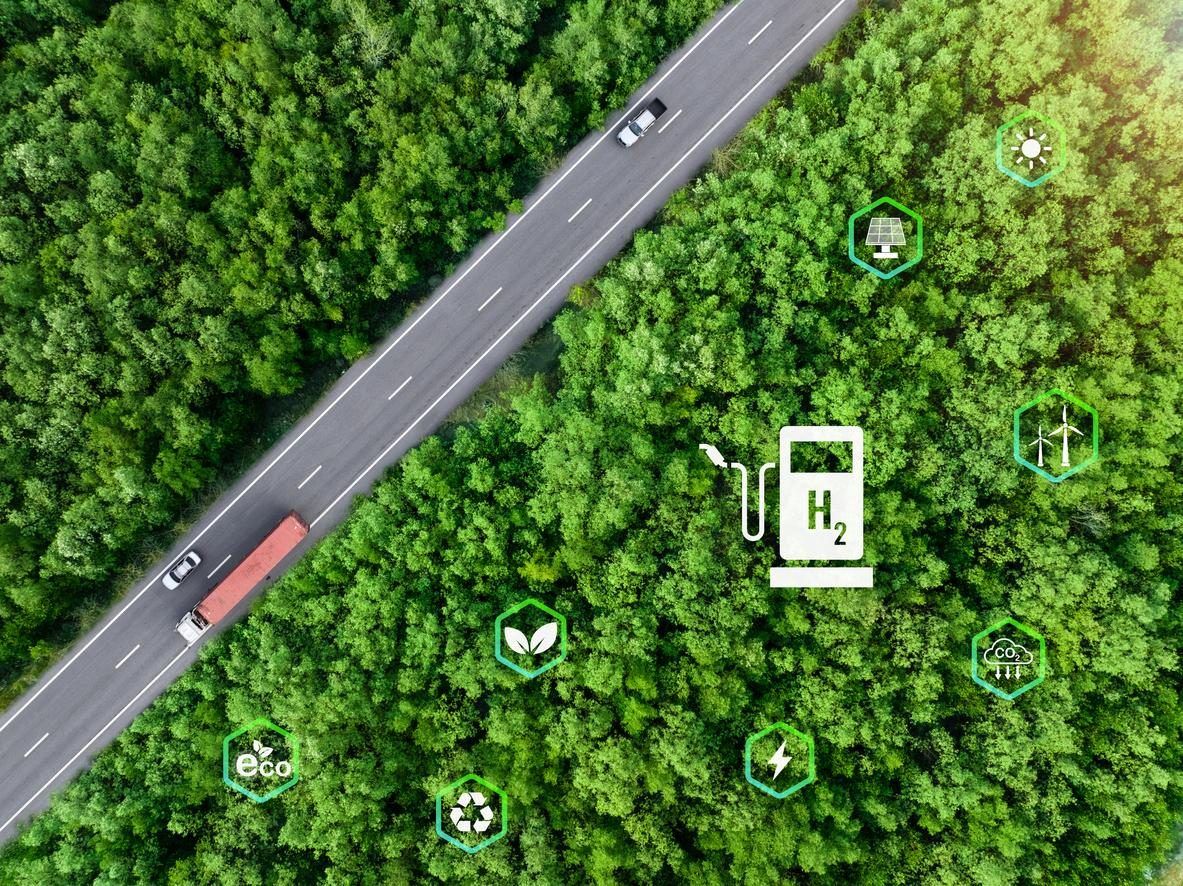Reducing Emissions in the Transportation Sector

BMO Radicle experts Christine VanDerwill, Partnerships Manager; Cooper Robinson, Innovation Lead; and Brad Neff, Director, Innovation, Low Carbon Fuels, discuss opportunities to reduce emissions in the transportation sector.
“I think these [low-carbon fuel] programs are one piece of a bigger picture in the global transition. Which is the convergence of climate and finance treating carbon emissions more and more like a currency to be managed, and traded, and valued. And ultimately that's the motivation: these are good business decisions.”—Cooper Robinson
In this episode:

Traditional ways of regulating greenhouse gas emissions and why the transportation sector poses a particular challenge

How low-carbon fuel programs work and aim to reduce the carbon intensity of transportation fuels

Low-carbon fuel programs that apply to businesses in Canada and the United States

How EV infrastructure has grown under California's low carbon fuel standard
Listen to our ~22-minute episode
Sustainability Leaders podcast is live on all major channels including Apple and Spotify.